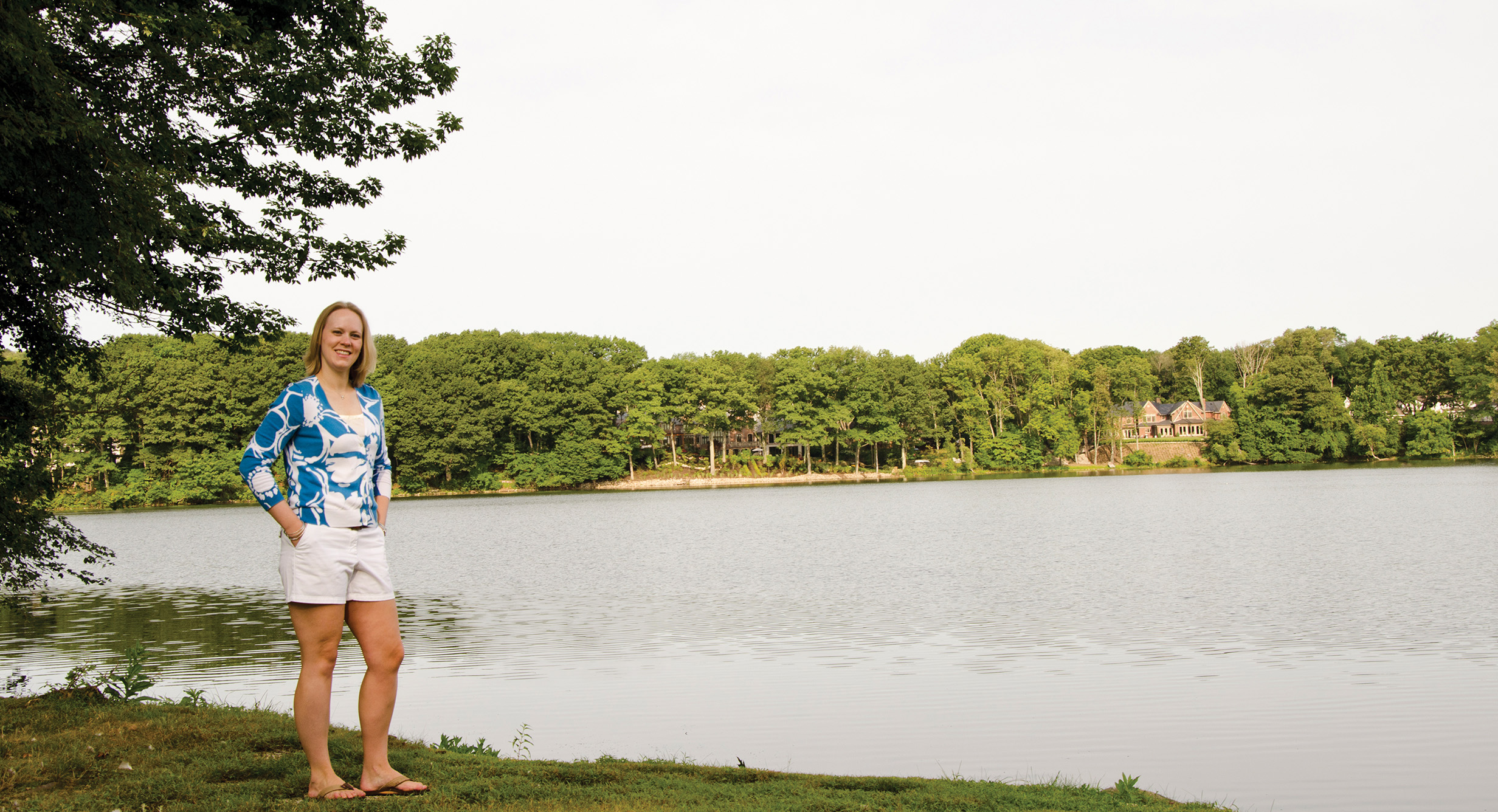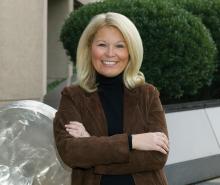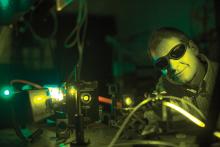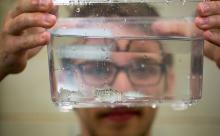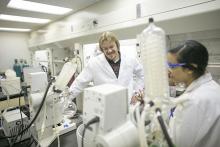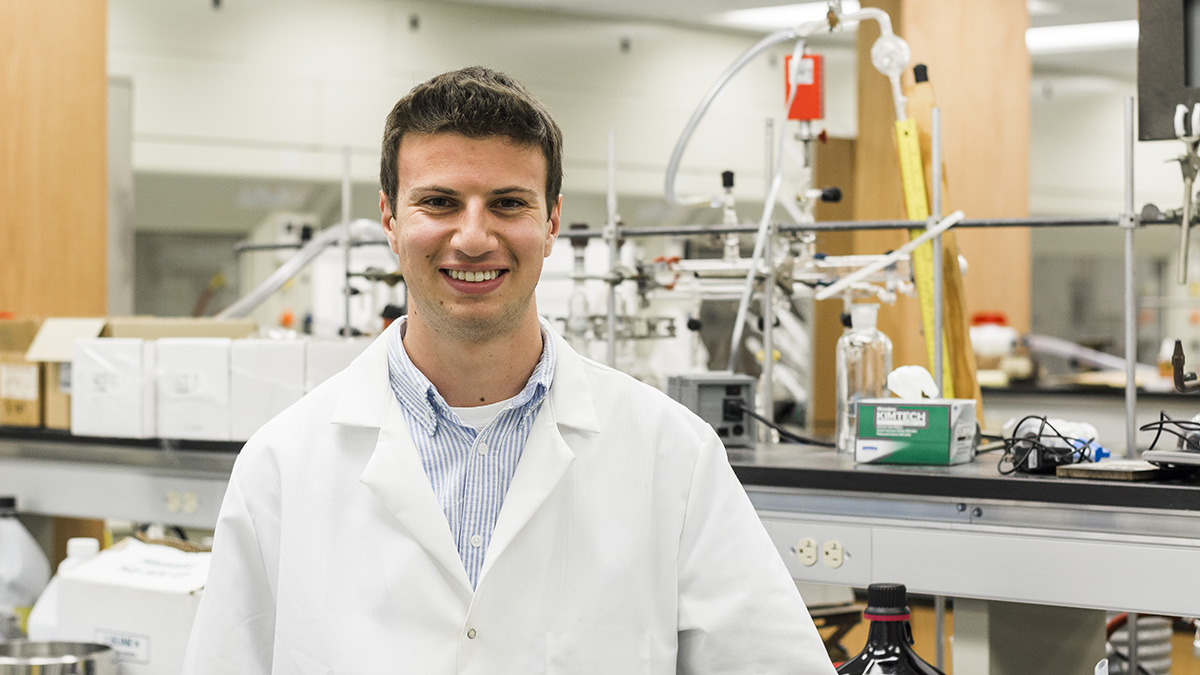
Doug Solowey ’15 is a student on a mission.
Currently in his fourth year, the 21-year-old chemistry major hopes to discover a new catalytic method that could eventually be used to incorporate fluorine into small molecules and polymers crucial to the design of materials with uses as wide-ranging as Teflon and drugs.
Any discoveries he makes will occur in Professor David Vicic’s lab, thanks to a prestigious American Chemical Society’s (ACS) Moissan Summer Research Fellowship. Having already dedicated a chunk of his time during the academic year to the lab, Solowey discovered he had a zeal for research. He credits Vicic for encouraging him.
“He responded very positively when I asked for research experience. He assigned me this project, which is a variation of his own research interests. He’s served as my mentor, and he’s really taught me a lot,” Solowey says.
The fellowship, which paid $5,000 for 10 weeks of research, included salary and supplies. Only two people throughout North America received the fellowship this year, Solowey and a student at Université Laval in Quebec City, Canada. Solowey earned an extra two weeks of research through a College of Arts and Sciences Research Grant.
“To get this fellowship, he had to demonstrate its potential for success. We’ve had some preliminary results in my lab that indicates the next step, which Doug is pursuing, is likely to work,” says Vicic, professor of chemistry.
Vicic’s research focuses on developing novel ways to incorporate fluorine into organic molecules. Certain metals, when combined with fluorine, can act as compounds that jump-start chemical reactions necessary for the creation of substances such as Teflon. These metallic compounds, known as metallacyclobutanes, have the potential to revolutionize the way fluorinated polymers are prepared.
Fluorinated polymers are industrially important molecules, known for their high thermal and chemical stability and resistance to oxidation and corrosion. Among their numerous uses, larger fluorine-containing molecules are used industrially in membranes for fuel cells and water-repellent cloths, as protective coatings, in flares, seals and gaskets and to regulate drug delivery and metabolism in the body.
However, the procedures to prepare fluorine-rich polymers are either limited or involve environmentally unsound conditions, such as subjecting the nonfluorinated parent polymer to harsh fluorine plasmas or involving environmentally persistent and toxic fluorinated surfactants. Using a particular reagent in the polymerization process could move industry away from such hazardous conditions. Vicic believes he and his team have a good grip on preparing the compounds that would act as intermediaries in the process to polymerize fluorine-containing substrates. By having direct routes to these intermediaries, scientists could achieve exceptional microstructure control, which ultimately may lead to the discovery of many new fluorinated materials.
Over the past spring semester, Solowey prepared new iron and nickel complexes in hopes of incorporating fluorine in a specific, four-membered molecular ring structure. During the summer, he continued his work to eventually develop catalytic processes with these new compounds to fluorinate organic substrates.
“We test their reactivity and their ability to form fluorinated molecules and polymers once we get a stable metal precatalyst. Iron and cobalt derivatives are known to be stable, and we’ll see if other metals work as well. Nickel is another good candidate,” Solowey says.
Fluorine polymer synthesis can be a slow and painstaking task.
“Sometimes, the most useful ones are the hardest to make,” he adds.
On a typical day, he mixes compounds in vials, dissolving, stirring and observing. The compounds can be damaged by oxygen and water vapor, so Solowey works with them in a nitrogen-filled glove box, inserting his hands into gloves that extend inside a clear container. He conducts all of his experiments inside the box, analyzing reactions with a nuclear magnetic resonance spectrometer and an X-ray crystallography machine.
“It’s time-consuming. This work has taught me a lot about patience. I initially thought that things would always work the way they should, but I quickly found out they don’t,” he says.
Solowey is grateful for the intensive research opportunity.
“I really like the chance to get a good academic experience while being able to contribute beyond the classroom. Lehigh provided more opportunity,” he says.
Solowey never imagined himself a researcher by trade, but based on the research he’s tasted so far, he can picture himself in an academic career.
“I came to Lehigh with the mentality that I wanted to get a good job after I graduated. I never considered research chemistry as a path. But now I’m working toward acceptance into graduate school. For everything I learn, two new questions come up,” he says.
His adviser is pleased.
“If you want to go to a top graduate program, you need letters from advisers demonstrating that you know how to perform research. Doug definitely has what it takes to get into research,” Vicic says.
The Moissan fellowship also pays for a trip to an upcoming ACS Fluorine Division Conference to present his experimental results. Vicic is confident in Solowey’s potential.
“I anticipate he’ll be able to make one of these fluorine-containing compounds. Once he does, we’ll have infinite possibilities to explore their reaction chemistry,” he says.

